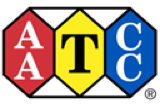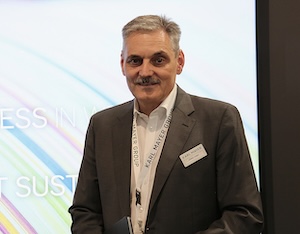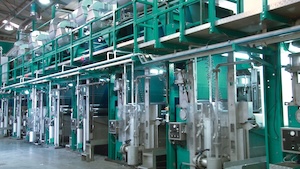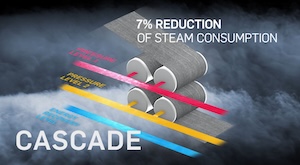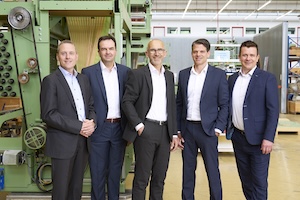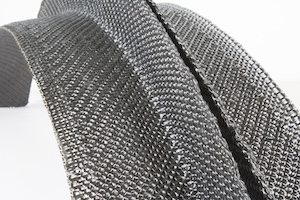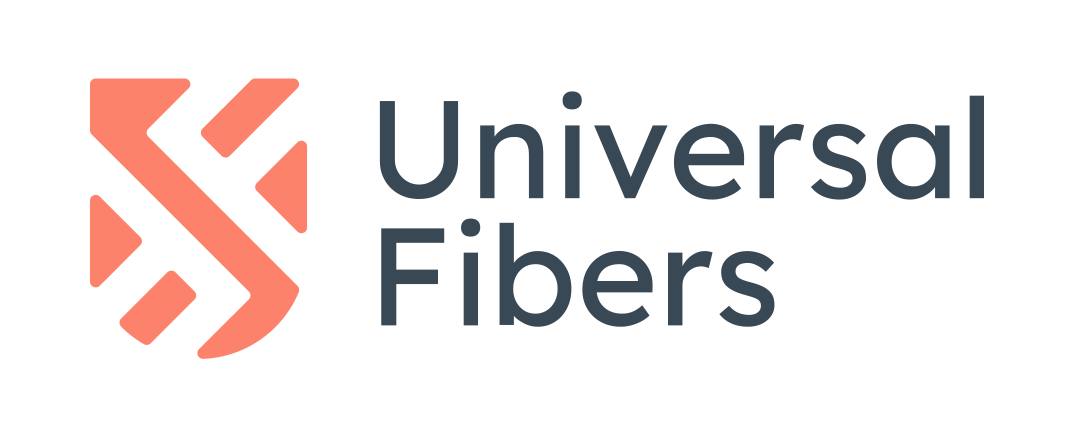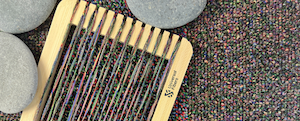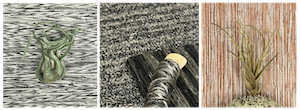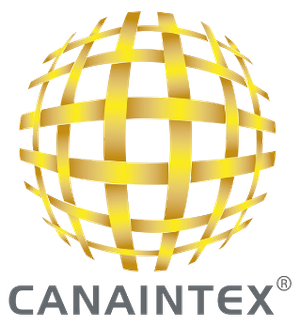![]() WASHINGTON — March 4, 2025 — The National Council of Textile Organizations (NCTO), representing the full spectrum of U.S. textiles from fiber to finished sewn products, issued the following statement today from President and CEO Kim Glas regarding the Trump administration’s notices imposing 25 percent tariffs on imports from Mexico and Canada and additional 10 percent tariffs on China.
WASHINGTON — March 4, 2025 — The National Council of Textile Organizations (NCTO), representing the full spectrum of U.S. textiles from fiber to finished sewn products, issued the following statement today from President and CEO Kim Glas regarding the Trump administration’s notices imposing 25 percent tariffs on imports from Mexico and Canada and additional 10 percent tariffs on China.
Statement by NCTO President and CEO Kim Glas:
“The newly imposed tariffs on imports from Mexico and Canada threaten a crucial textile and apparel coproduction chain with our two valued trade partners — one that sustains nearly 500,000 American jobs and a total of 1.6 million jobs across North America. Destabilizing this production chain coupled with the de minimis loophole will only exacerbate migration and the fentanyl crisis. We appreciate that President Trump has drawn much needed attention to these significant problems, but we believe there is another way that achieves critical objectives that grow U.S. jobs, stabilizes the Western Hemisphere, and closes dangerous tariff loopholes that are hurting us all. We want to work with the President to find solutions that work to meet all these objectives.
“The U.S. textile industry ships $12.3 billion, or 53 percent, of its total global textile exports to Mexico and Canada and those component materials often come back as finished products to the United States under the United States-Mexico-Canada Agreement (USMCA). This coproduction chain under USMCA represents $20 billion in two-way trade and spurs U.S. investment in the region as well as at home.
“Equally as important, it serves as an alternative and counterweight to the China-led, Asia- based production platform that competes based on illegal tactics, such as the used of forced labor, subsidies and counterfeits, and has largely come to dominate global trade.
“For these reasons, we are extremely concerned that the imposition of penalty tariffs on imports from our critical USMCA partners will only serve to benefit China and other Asian countries and harm the U.S. textile industry, which has lost 27 plants in the past 20 months.
“Separately, we welcome President Trump’s plan to impose an additional10 percent penalty tariff on imports from China, bringing the total of new tariffs on China to 20 percent this year. In fact, we encourage even higher penalty tariffs on China and recommend that these penalty duties be specifically targeted to finished apparel and textile imports.
“In addition, we are calling on President Trump to close the de minimis loophole to all commercial shipments from China, Mexico and Canada, and more importantly from all countries. This loophole facilitates 4 million shipments a day to the United States that often hide illegal and unethically made products, unsafe goods and illicit fentanyl and other narcotics to our doorsteps.
“Raising tariffs on countries without closing this destructive loophole will only serve to drive more shipments to the duty-free de minimis loophole. Incentivizing greater use of de minimis will further harm U.S. manufacturers and exacerbate the fentanyl crisis, because this loophole will continue to provide a workaround for importers of consumer products and drug cartels alike who are seeking to avoid punitive trade enforcement.”
“We look forward to continuing to work with the Trump administration on these important trade policies that have widespread implications for the U.S. textile industry and those of our free trade partners. This is a pivotal moment for the domestic textile industry, and we believe the right policies will preserve and bolster this vital manufacturing base and spur more job creation and investment.”
Posted: March 4, 2025
Source: The National Council of Textile Organizations (NCTO)

